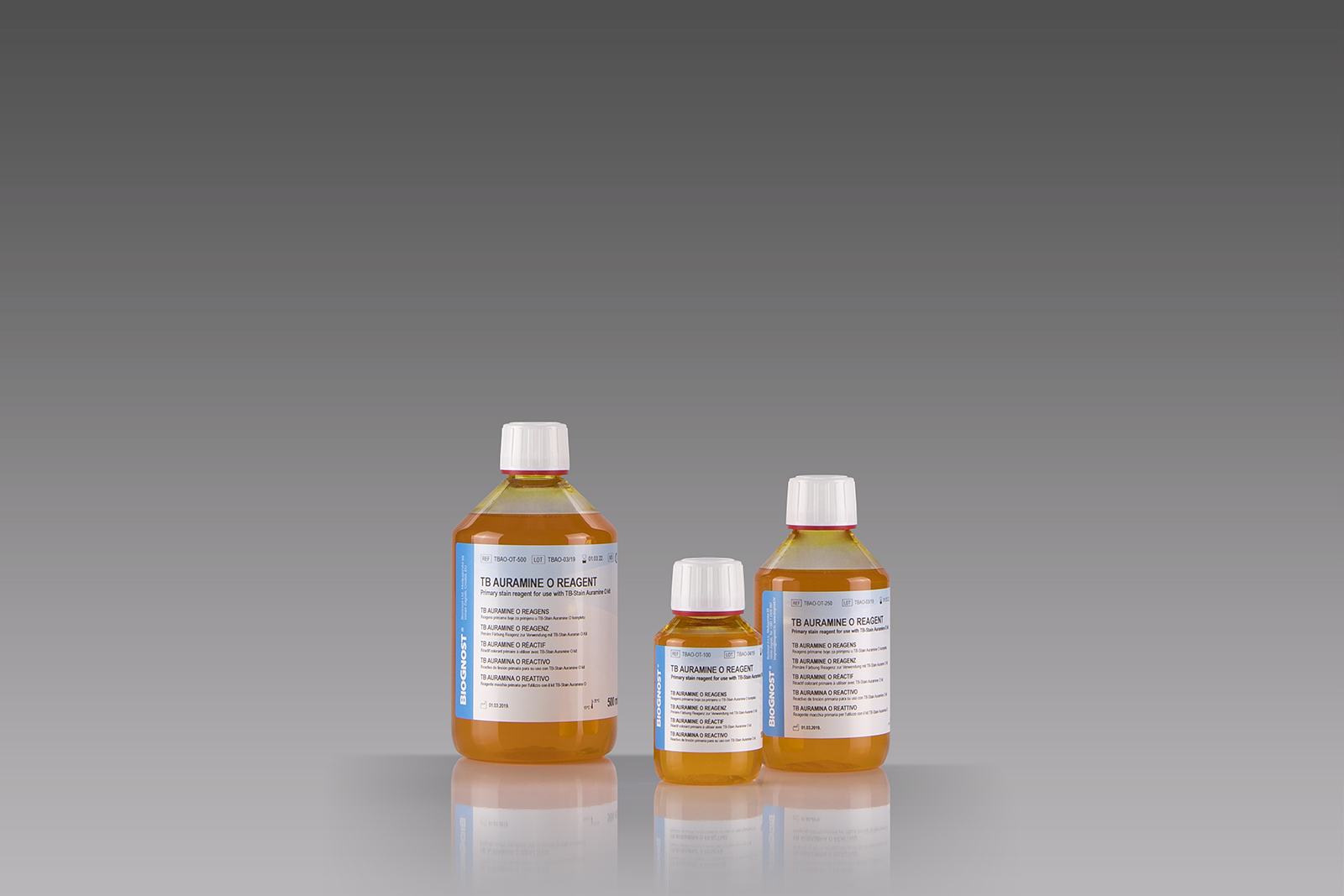Introduction
Many bacterial cells are easily stained by using simple dyes or Gram stain. However, a few strains of bacteria, such as Mycobacteria and Nocardia cannot be stained using simple dyes (the results may vary significantly if successfully stained). Cell walls of the Mycobacteria strain contain fatty acids which make them hard to stain. In order to stain the cell wall, a higher concentration of dye or a longer period of heating is required. However, once stained, the dye is ever more difficult to remove from the cells. Those bacteria are called acid-fast because they retain their primary color even after being treated with acid alcohol (3% HCl alcohol solution). Fluorescence has been used to detect acid-fast bacteria for many years. This method is more sensitive than the Kinyoun method. It takes less time to interpret the results. Auramine O, Acid alcohol as a differentiation medium and potassium permanganate as a counterstain are used in this method.


